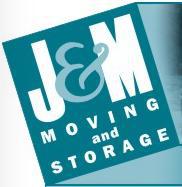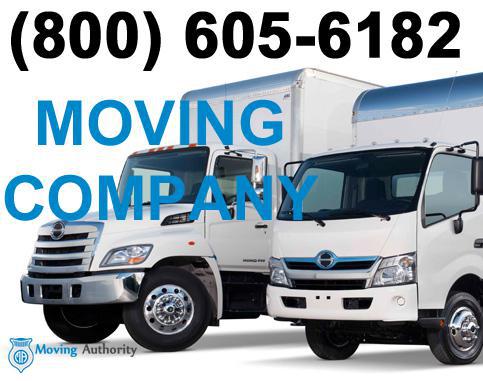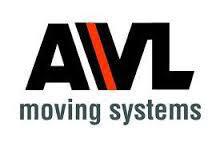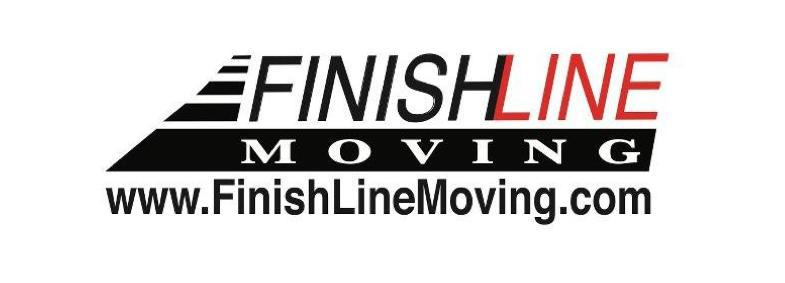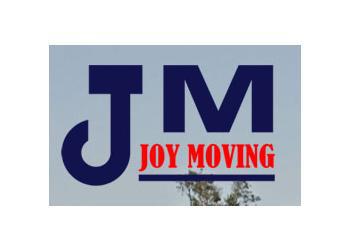San Jose Movers Top Rated
(888) 787-781396 Movers in San Jose
Page 1/7
The city of San Jose is known as the capital of the Silicon Valley. Population wise, it is one of the top three largest cities in California. The city of San Jose is known for its high living costs. In the later part of the 20th century, it became known as the capital of the Silicon Valley because many of the largest tech companies at the time had their headquarters in the area. Since it is located near the bay, the climate for most of the year is warm and sunny. It is relatively landlocked, since it is surrounded by mountains on three of its four perimeters.
San Jose is home to some well known universities, such as San Jose State University, and California State University East Bay. Other schools in the nearby region include UC Berkeley, Stanford University, and San Francisco State University. San Jose is home to technology companies such as Adobe, eBay, and nearby Apple. Traffic in the area increased majorly due to the settling of these companies in the area in the late 1990s. The city of San Jose is now known as the city with the highest mean income per family in all the United States.
In July of 2015, Apple computers bought the rights to a 40 acre site in San Jose, at the cost of $139 million. The downtown area of San Jose holds some of Silicon Valley’s most attractive landmarks, such as the Tech Museum, and the San Jose Museum of Art. Downtown San Jose is located near the San Jose International Airport. Because of this, the buildings in Downtown San Jose have a height restriction. Public art is becoming a more and more enticing part of the city.
San Jose was one of the first cities to adopt a public art ordinance at around 2% of building projects. The crime rate in San Jose was formerly lower than many other California cities. This was until 2013, when crime rates in the city rose higher than the national average. The library system is unique to San Jose. Public transportation in the area is plentiful. Most transport is handled by the Valley Transportation Authority (VTA). Light rail is one of the most polar forms of transport in the Bay Area.
The system resembles that of an above-ground subway. As of 2014, all VTA light-rail systems offered free WIFI on board. The downtown area began offering a free wireless connection. San Jose has around 16,000 acres of outdoor recreation areas. One of the cities most known parks is the Alum Rock park, established in the mid 19th century. The area of San Jose has an expansive freeway system. San Jose is one of the largest cities that does not have a large interstate. The 101 freeway runs through San Jose, connecting it with a direct route to San Francisco, Los Angeles, and the Central California Coast. The city of San Jose recycles more than half to its solid waste, making it a very eco-friendly city.
Do you know?

- A moving company, removalist, or van line are all companies that help people as well as other businesses to move their goods from one place to another. With many inclusive services for relocation like packing, loading, moving, unloading, unpacking and arranging of items can all be taken care of for you. Some services may include cleaning the place and have warehousing facilities.
- According to the U.S. Census Bureau, 40 million United States citizens have moved annually over the last decade. Of those people who have moved in the United States, 84.5% of them have moved within their own state, 12.5% have moved to another state, and 2.3% have moved to another country.
- In the United States and Canada, the cost for long-distance moves is generally determined by a few factors. The first is the weight of the items to be moved and the distance it will go. Cost is also based on how quickly the items are to be moved, as well as the time of the year or month which the move occurs. In the United Kingdom and Australia, it's quite different. They base price on the volume of the items as opposed to their weight. Keep in mind some movers may offer flat rate pricing.
- Many people are familiar with this type of moving, using truck rental services, or borrowing similar hardware, is known as DIY moving. Whoever is renting a truck or trailer large enough to carry their household goods may obtain moving equipment if necessary. Equipment may be items such as dollies, furniture pads, and cargo belts to protect furniture and to ease the moving process.
- As most people have experienced, moving does involve having the appropriate materials. Some materials you might find at home or may be more resourceful to save money while others may choose to pay for everything. Either way materials such as boxes, paper, tape, and bubble wrap with which to pack box-able and/or protect fragile household goods. It is also used to consolidate the carrying and stacking on moving day. Self-service moving companies offer another viable option. It involves the person moving buying a space on one or more trailers or shipping containers. These containers are then professionally driven to the new location.
- There many reasons for moving, each one with a unique and specific reason as to why. Relocation services, employee relocation, or workforce mobility can create a range of processes. This process of transferring employees, their families, and/or entire departments of a business to a new location can be difficult. Like some types of employee benefits, these matters are dealt with by human resources specialists within a corporation.






